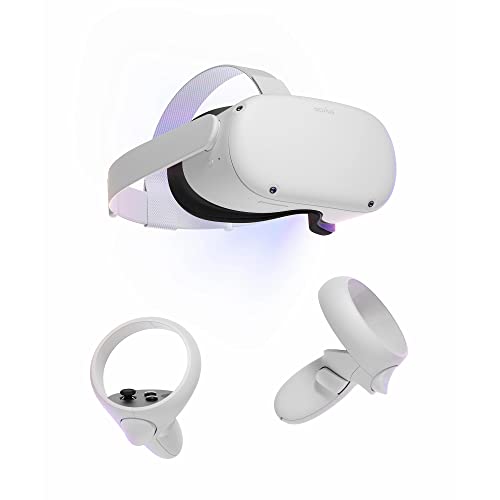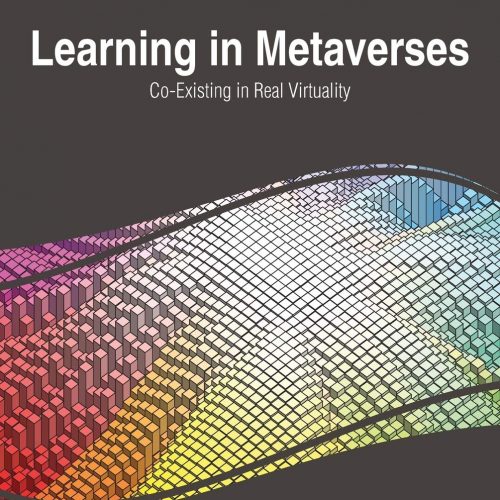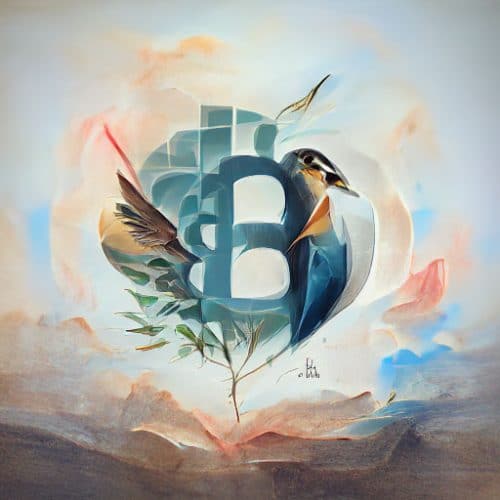Web 1.0 and Web 2.0 refer to eras in the history of the World Wide Web as it evolved through various technologies and formats. Web 1.0 refers roughly to the period from 1991 to 2004, where most websites were static webpages, and the vast majority of users were consumers, not producers, of content.
Web 2.0 is based around the idea of “the web as platform” and centers on user-created content uploaded to social media and networking services, blogs, and wikis, among other services. This version of the Internet allowed people to not only consume content, but create their own and publish it on blogs like Tumblr, Internet forums and marketplaces like Craigslist.
Later, the emergence of social media platforms including Facebook, Twitter and Instagram took content sharing to new heights. Web 2.0 is generally considered to have begun around 2004 and continues to the current day.
After a while, the general public became cognizant about the way their personal data was being harvested by tech giants and used to create tailored advertisements and marketing campaigns. Although Web 2 has brought the world amazing free services, a lot of people have grown tired of the new “walled gardens” these huge tech companies have created and want to have more control over their data and content. This is where Web 3 comes in.
Web 3 can be understood as the “read/write/own” phase of the Internet. Rather than just using free tech platforms in exchange for our data, users can participate in the governance and operation of the protocols themselves. This means people can become participants and shareholders, not just customers or products.
In Web 3, these shares are called tokens or cryptocurrencies, and they represent ownership of decentralized networks known as blockchains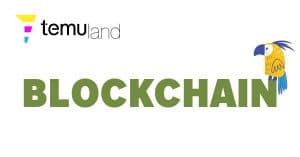
The term “Web3” was coined by Polkadot founder and Ethereum co-founder Gavin Wood in 2014, referring to a “decentralized online ecosystem based on blockchain.” In 2021, the idea of Web3 gained popularity. Particular interest spiked toward the end of 2021, largely due to interest from cryptocurrency enthusiasts and investments from high-profile technologists and companies.
Brian Brooks, the CEO of Bitfury
The real message here is that what happens on the decentralized internet is decided by the investors versus what happens on the main internet is decided by Twitter, Facebook, Google and a small number of other companies.
Web 3 makes the proliferation of cooperative governance structures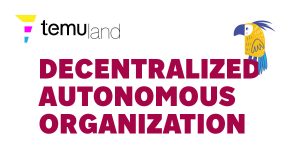
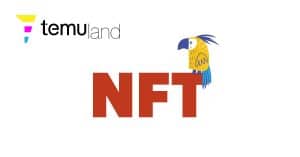
Experts say, in the best-case scenario for Web3 enthusiasts, the technology will operate alongside Web 2.0, not fully supplant it.
In other words, blockchain-based social networks, transactions and businesses can and will grow and thrive in the coming years. Yet knocking out Facebook, Twitter or Google completely is not likely on the horizon, according to technology scholars.
Technical excursion
The architecture of Web 3.0 applications (or “DApps”) are completely different from Web 2.0 applications.
Let’s look at Medium as a Web 2.0 example. When you write a blog post on Medium, you interact with its frontend, which talks to its backend, which talks to its database. All of this code is hosted on centralized servers and sent to users through an internet browser.
Web 3.0 eliminates the middle man. There’s no centralized database that stores the application state, and there’s no centralized web server where the backend logic resides.
Instead, you can leverage blockchain to build apps on a decentralized state machine that’s maintained by anonymous nodes on the internet.
Read the awesome “The Architecture of a Web 3.0 application” article by Preethi Kasireddy for an in-depth explanation on Web 3 architectures.
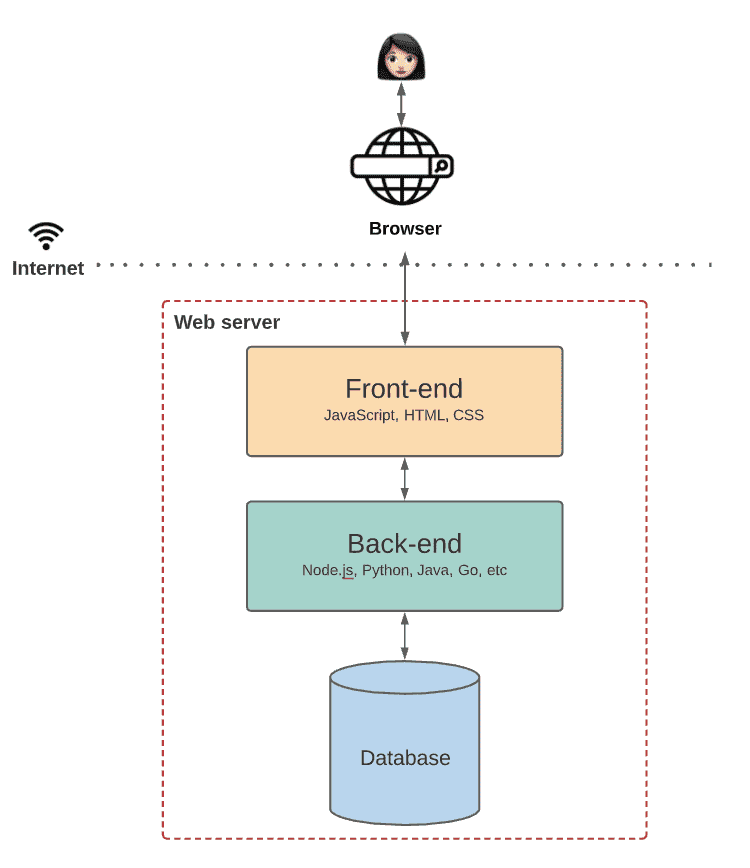
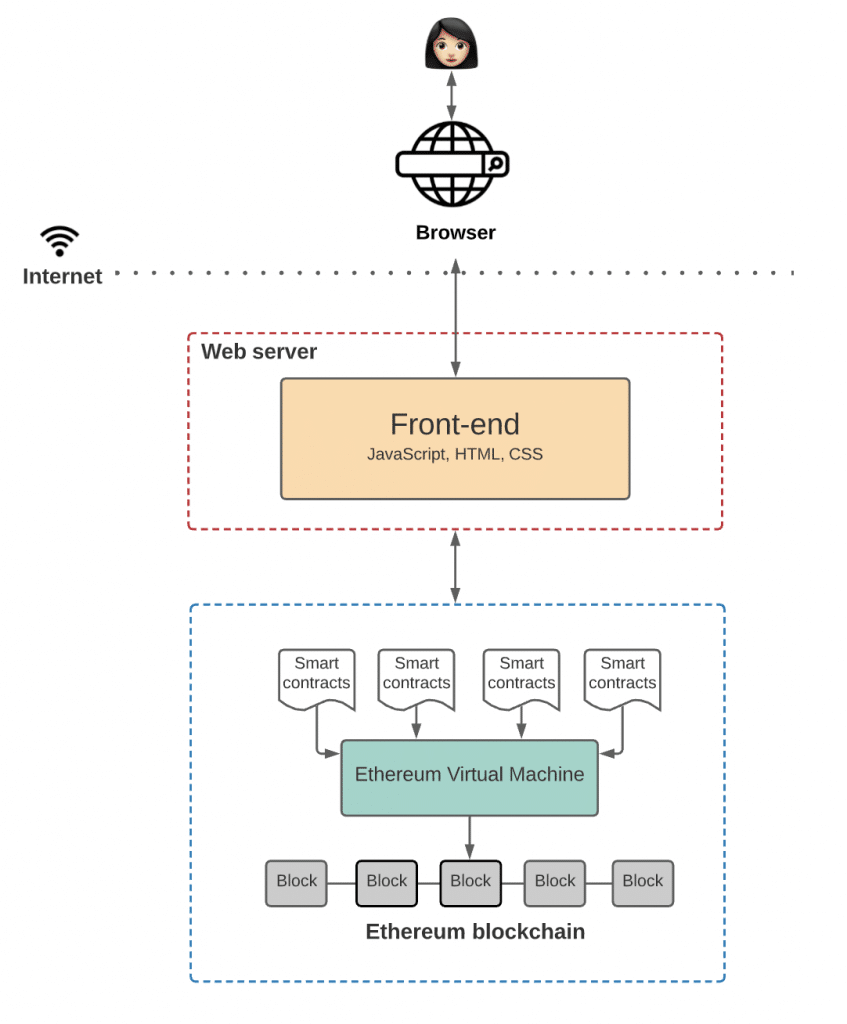
Web3
What Is Web 3 and Why Is Everyone Talking About It?
People are talking about Web3. Is it the Internet of the future or just a buzzword?
The Architecture of a Web 3.0 application
Web 3 is an internet owned by users and builders orchestrated with tokens.







